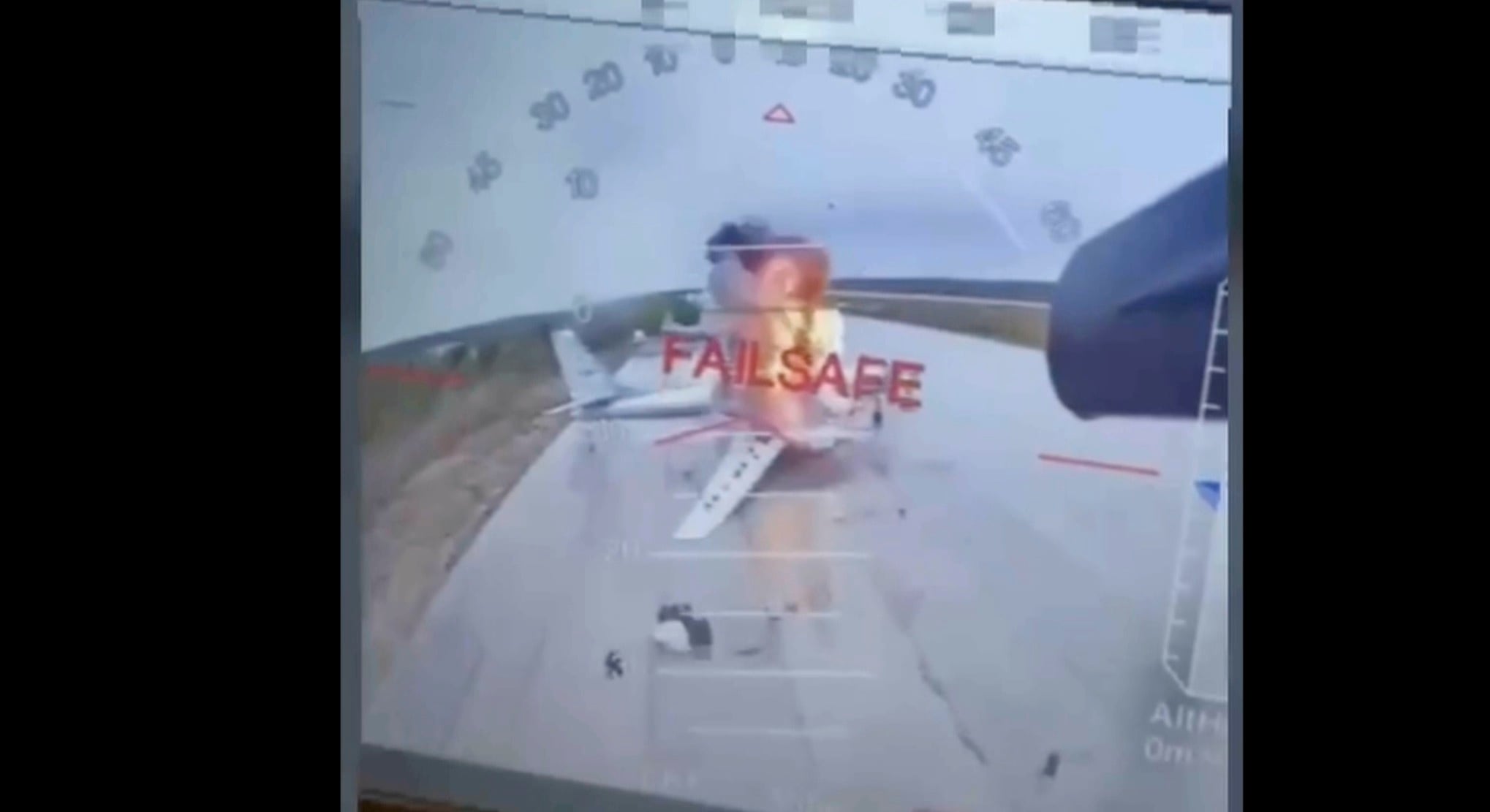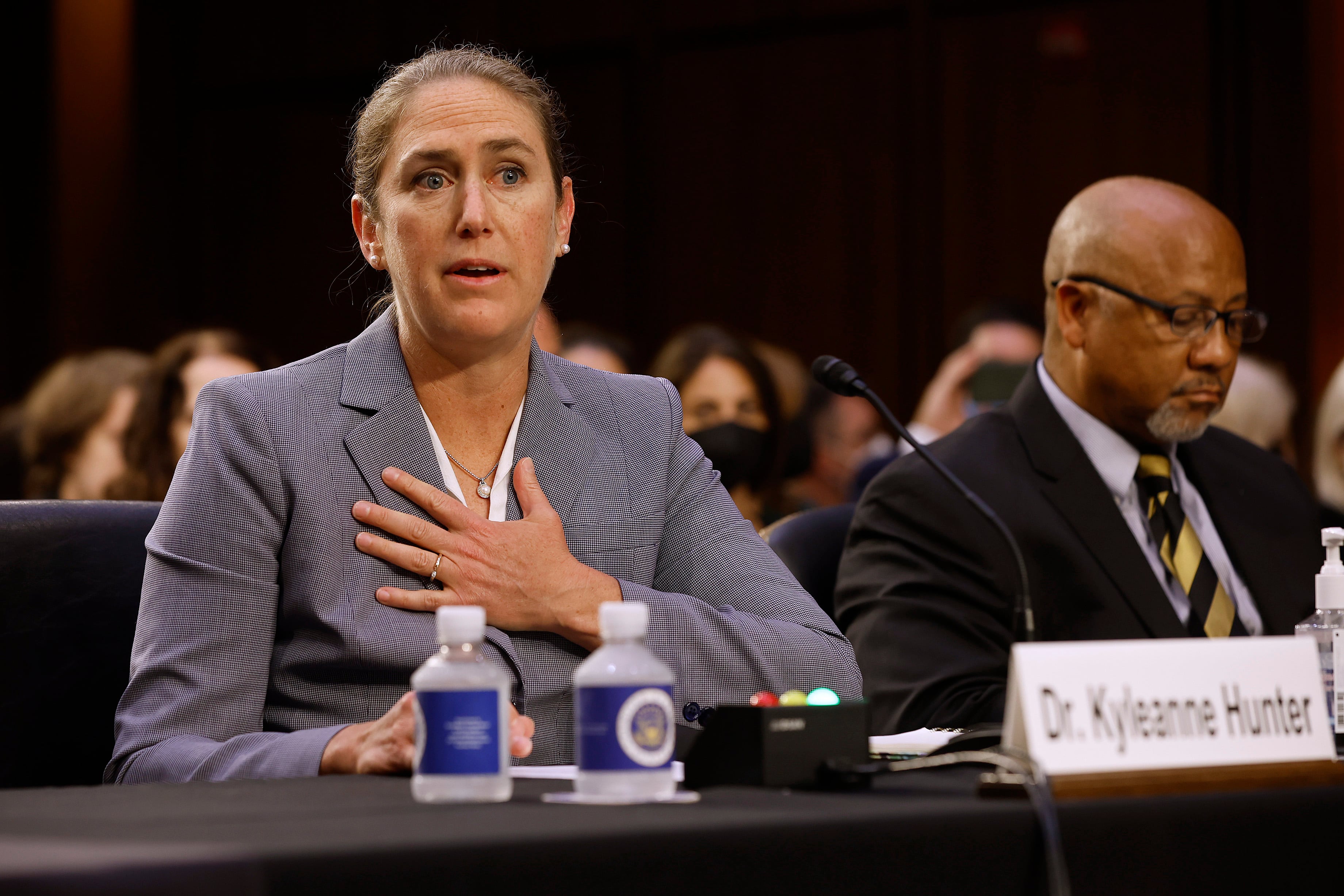A group that runs an array of San Diego-based web cameras that capture Navy ships coming and going is calling foul after the National Parks Service removed two cameras overlooking San Diego Bay this month at the Navy’s request.
While Navy officials framed the recent cam removal as a matter of force protection, Barry Bahrami, a 52-year-old San Diego local who runs the volunteer San Diego Web Cam group, alleges that the cameras were removed from Cabrillo National Monument after they captured an embarrassing near-collision of two Navy ships in November.
That close call between the guided-missile destroyer Momsen and the dock landing ship Harpers Ferry came to be known as the “warship chicken” incident after San Diego Web Cam footage of the encounter went viral.
The parks service confirmed Friday that it had removed the two cameras at Cabrillo after the Naval Criminal Investigative Service requested they be removed “due to security concerns.” Bahrami said he was notified of the removal on April 11.
Cabrillo sits just south of Naval Base Point Loma, an installation that hosts Navy submarines and other assets. The site also sits right across the water from Naval Station North Island and the island of Coronado, the West Coast home of the Navy SEALs.
Before the parks service removed the cameras, they regularly broadcast footage of ships coming and going, garnering six million views online in the past year alone, according to Bahrami.
The cameras also provide a civil service, he said, allowing Navy families to watch their loved ones departing and arriving while providing cool footage for ship enthusiasts of all stripes.
NCIS spokesman Jeff Houston said in an email that the request to have NPS remove the Cabrillo cameras “was not related to the Harpers Ferry/Momsen incident.”
“NCIS verbally expressed force protection concerns recently related to the private webcams and YouTube channel, which provided 24-hour webcam monitoring of vessels and equities located aboard Naval Air Station North Island, including aircraft hangers/flight lines, Naval Base Point Loma submarine assets, and the tracking of military personnel aboard Naval Base Coronado,” Houston said.
But to Bahrami, the Navy’s push to remove the cameras didn’t make sense, given all the Cabrillo tourists and others in the area who can just as easily photograph and video Navy ships.
Bahrami pointed out that a visitor to Cabrillo can plop a quarter into stationary binoculars and take a look. “They’ll sell you a zoomed-in view of the sub base,” he said.
Houston did not answer Navy Times’ questions about why the threat posed by the cameras is any greater than all the other ways that area Navy bases can be recorded or photographed.
Bahrami said his club, which runs the cameras off donations, always keeps security at the forefront and does not broadcast footage of ships arriving and departing in real time.
He also said group members always ensured the Cabrillo feeds did not show any portion of the Point Loma base.
“Anyone in a condo or a or a house around the bay … or anyone at Cabrillo has a view” of the Point Loma base and can record, Bahrami said. “Anyone standing at Fort Rosecrans National Cemetery can look down at this sub base.”
Other web cams capture ships coming and going from fleet concentrations elsewhere in the states, and Bahrami said he feels his group’s cams are being targeted because of the warship chicken incident.
“Why the San Diego Web Cam?” he asked. “Somebody got a little embarrassed maybe?”
RELATED
He noted that the investigation into the warship chicken incident was released days after his cameras were removed from Cabrillo, where they had recorded for the past decade.
Bahrami also alleges he was warned that the Navy would seek to remove his cameras after they captured the incident.
“When that went viral, I cannot tell you the person’s name, but I received a call from a ranking individual telling me to watch my back,” Bahrami said. “They were after my cameras.”
Bahrami added that the Navy uses several maritime and aviation tracking systems that broadcast the positions of assets, including the Automatic Identification System, or AIS, for ships, and other tracking systems for aircraft.
“It’s the Navy themselves that are broadcasting all their precise positions,” he said. “It’s not the San Diego Web Cam.”
For now, Bahrami said his group continues to operate other cameras in the bay, and is scouting out sites for cameras to replace the two lost at Cabrillo.
He declined to say where those new cameras will be placed.
Geoff is the managing editor of Military Times, but he still loves writing stories. He covered Iraq and Afghanistan extensively and was a reporter at the Chicago Tribune. He welcomes any and all kinds of tips at geoffz@militarytimes.com.




